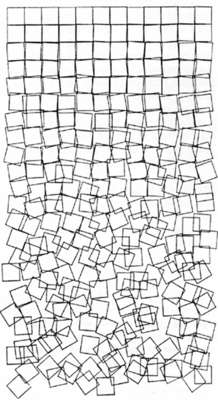https://n-e-r-v-o-u-s.com/index.php
The project and business “Nervous System” is created by cofounders Jessica Rosenkrantz and Jesse Louis-Rosenberg, who were studying at Harvard, and MIT, respectively when they began their generative design company, which designs puzzles, jewelry, and lampshades using computer-generated designs. I was specifically drawn to this project because of how they approached it in a very architectural manner, and coincidentally Jessica was studying for her Masters’s in Architecture at Harvard’s GSD when she created Nervous System. I’m very drawn to the organic and biological quality of the computer-generated forms which they use in all their works, specifically the jewelry. Additionally, the fact that their art is for sale at relatively reasonable prices (for handmade wooden puzzles and silver jewelry) is really inspiring, because not only did they choose a super exploratory and playful field (as opposed to architecture), they are actually making a living off of it. This lively exploration of biomimicry as a precedent for shape and form in relation to computer science is, to me, clearly her chosen artistic style, seeing as Jessica is the lead artist and also studied biology as an undergrad. The algorithm that is used to create these forms is undoubtedly designed to prioritize and create these natural forms, and while the shapes are all seemingly random, it is clear that a lot of technical effort has been put into making the forms cohesive.
![[OLD SEMESTER] 15-104 • Introduction to Computing for Creative Practice](../../../../wp-content/uploads/2023/09/stop-banner.png)



